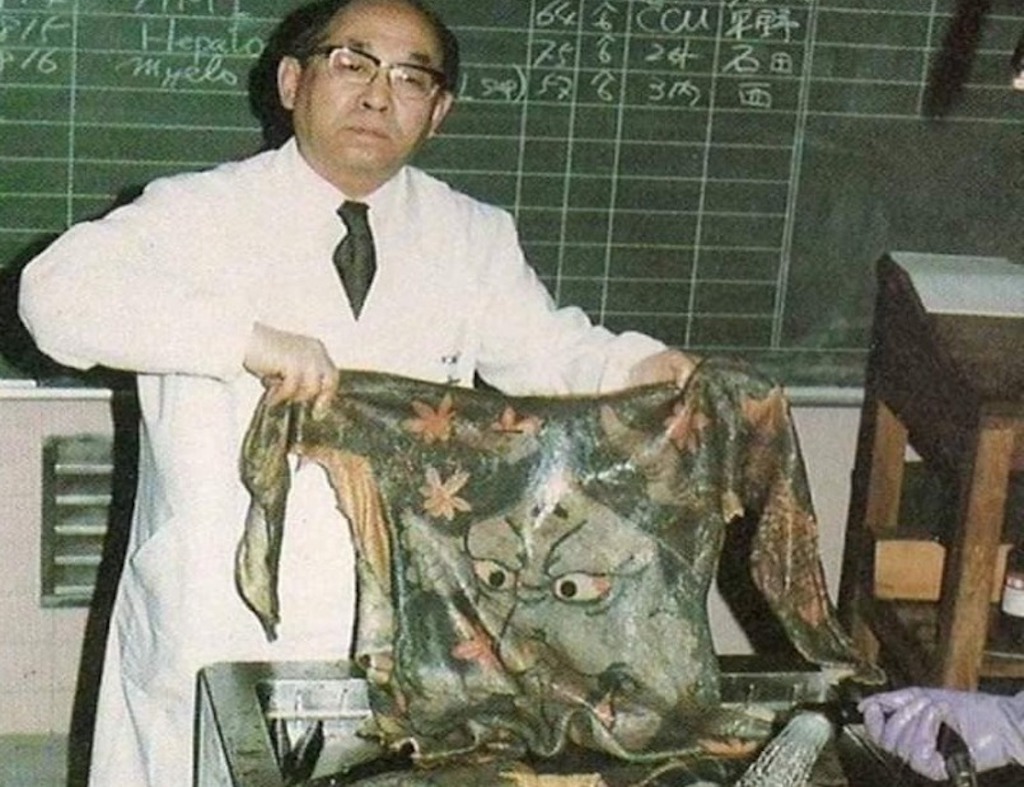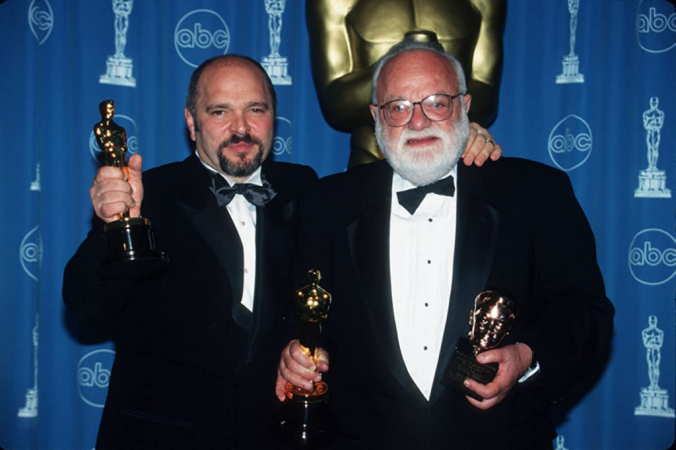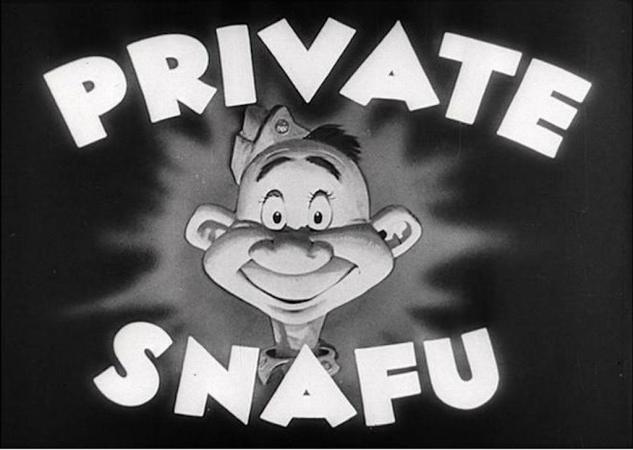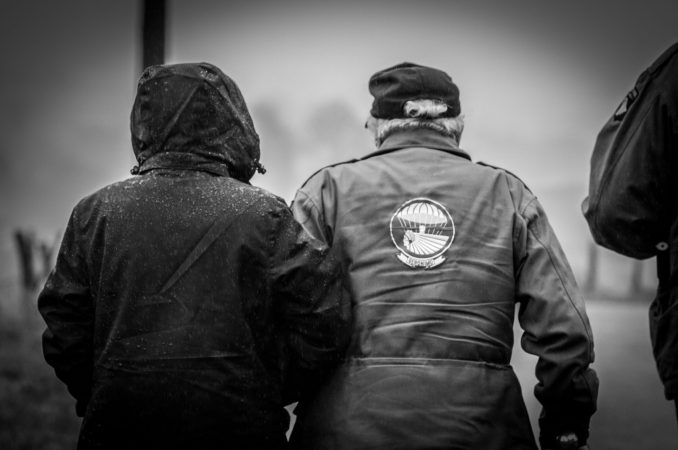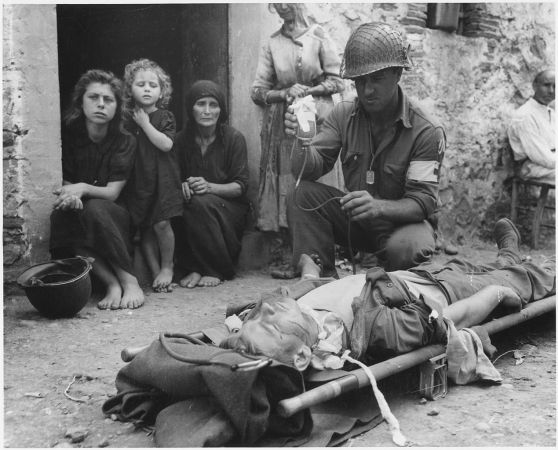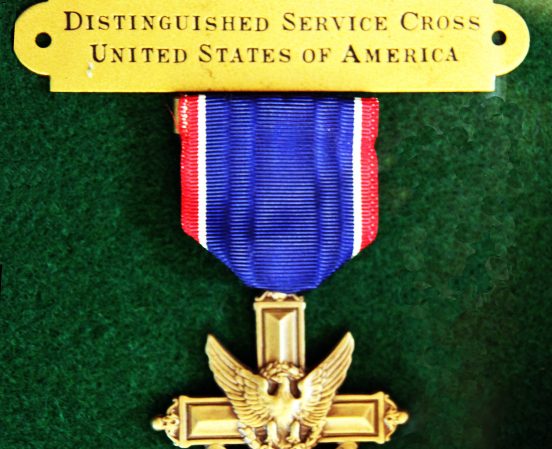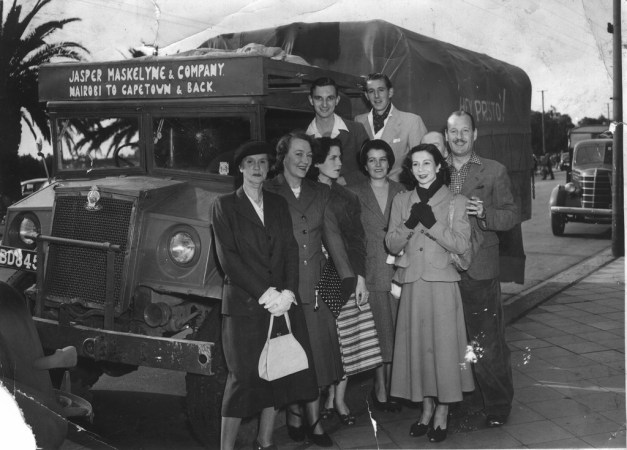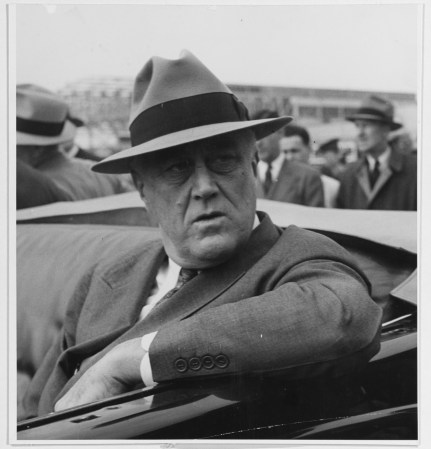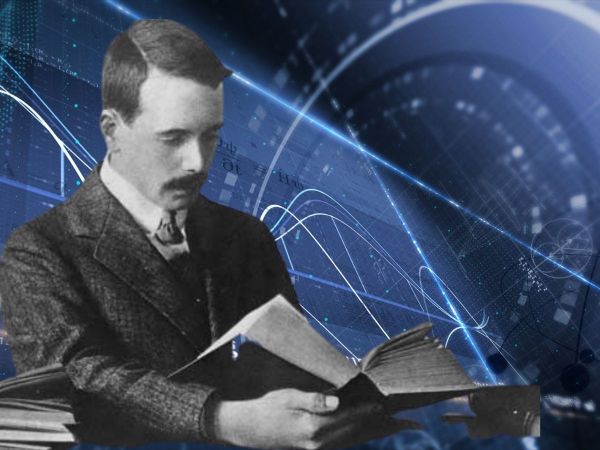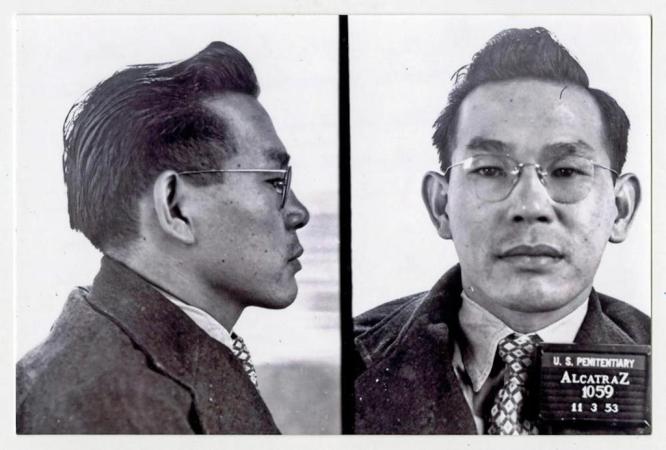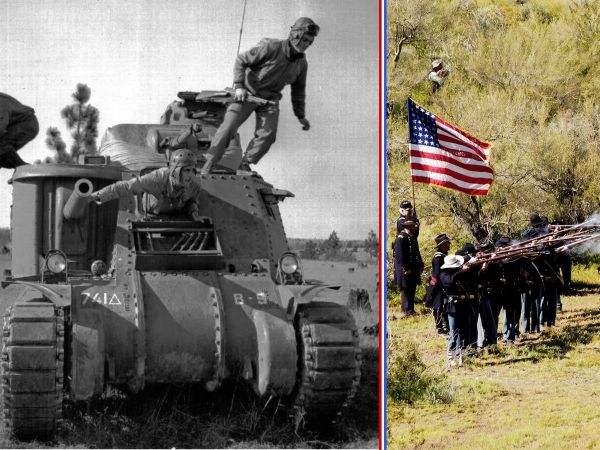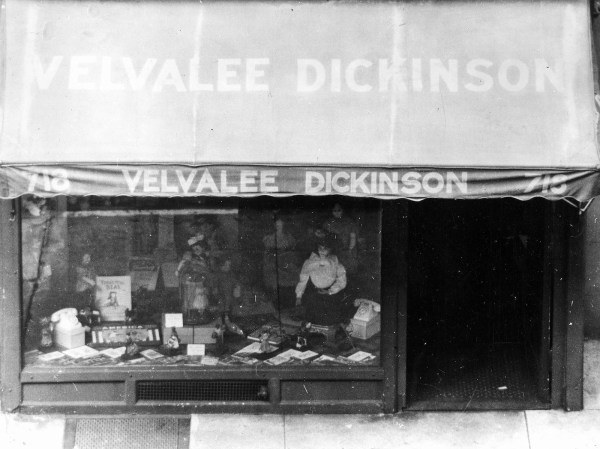A Japanese doctor who studied syphilis discovered an interesting treatment for the lesions caused by the disease: tattoo ink. This led him to a fascination with tattoos and then, as his appreciation deepened, to a unique collection. Fukushi Masaichi collected about 2,000 human skins with extensive tattooing and sometimes displayed them. But his collection was an unfortunate victim of World War II air raids.
Fukushi Masaichi: The good doctor
Dr. Fukushi Masaichi was born in 1878 and later studied at the Tokyo Imperial University of Medicine and in Germany. He researched syphilis and its impact on the aorta and thyroid. During his study of syphilis patients, he found that syphilis legions were less common and took on a different appearance on tattooed skin. (Some modern descriptions of his work say that tattoo ink cured the lesions, but that was not the understanding in the 1910s or today.)
As Masaichi studied more and more tattooed patients, he became a massive fan of the art form. Unsurprisingly, he preferred Japanese-style tattoos, especially the full-bodysuits common among members of the Yakuza and other gangsters.
He met many gangsters, laborers, and other tattooed patients at the Mitsui Memorial Hospital, and he started offering an odd proposition.
He asked tattooed patients if they would allow him to harvest their skin after their death and prepare it for display and study. For someone who had unfinished tattoos or partial bodysuits, he sometimes even offered to pay for their tattoos to be completed with the condition that he could harvest their skin after death.
The tattoo collection
Masaichi’s collection of skins quickly made him famous in Japanese tattoo culture. Tattooed individuals found the doctor’s fascination just fine, even if others have often found it offputting or scary.
He started the Tattoo League of Japan, which met in public bathhouses to share tattoos, even though Masaichi himself was not tattooed.
His collection quickly grew from the early 1910s to the 1940s, eventually reaching approximately 2,000 human skins. He used two methods of collecting the skin after death, a wet method and a dry method. In both cases, the skin was carefully removed and scraped of nerves and other tissues. Then, in the wet method, it was dipped into a chemical bath to preserve it. In the dry method, it was carefully stretched and dried.
Masaichi then displayed the tattooed skin either flat, generally in a frame, or on a mannequin in a case.

The collection is (mostly) destroyed
Fukushi Masaichi obviously kept the collection locally, which was fine until Japan started a war with most of the Pacific, including America. When American bombers reached Japan, air raids threatened the collection.
Unfortunately for tattoo fans, those air raids did eventually hit the collection. Only 105 skins remain, alongside thousands of photos and Masaichi’s notes.
A few journalists of tattoo culture have been able to see the collection, but it resides at the University of Tokyo Museum of Medical Pathology. It is not open to the public.
Videos and photographs are available online that show some of the images.


